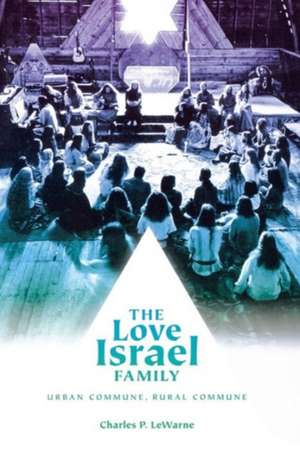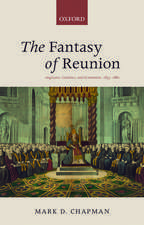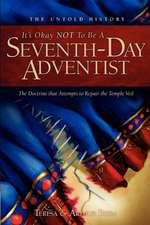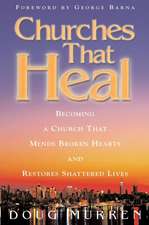The Love Israel Family – Urban Commune, Rural Commune: The Love Israel Family
Autor Charles Pierce Lewarneen Limba Engleză Paperback – 11 aug 2009
| Toate formatele și edițiile | Preț | Express |
|---|---|---|
| Paperback (1) | 230.50 lei 43-57 zile | |
| MV – University of Washington Press – 11 aug 2009 | 230.50 lei 43-57 zile | |
| Hardback (1) | 649.61 lei 43-57 zile | |
| MV – University of Washington Press – 20 iul 2015 | 649.61 lei 43-57 zile |
Preț: 230.50 lei
Nou
Puncte Express: 346
Preț estimativ în valută:
44.12€ • 47.94$ • 37.08£
44.12€ • 47.94$ • 37.08£
Carte tipărită la comandă
Livrare economică 21 aprilie-05 mai
Preluare comenzi: 021 569.72.76
Specificații
ISBN-13: 9780295988856
ISBN-10: 0295988851
Pagini: 312
Ilustrații: 30 illustrations
Dimensiuni: 152 x 229 x 15 mm
Greutate: 0.48 kg
Editura: MV – University of Washington Press
Seria The Love Israel Family
ISBN-10: 0295988851
Pagini: 312
Ilustrații: 30 illustrations
Dimensiuni: 152 x 229 x 15 mm
Greutate: 0.48 kg
Editura: MV – University of Washington Press
Seria The Love Israel Family
Notă biografică
Cuprins
Acknowledgments
Author's Note
THE BEGINNINGS
1 The Communal Thread in the United States
2 Paul Erdmann Becomes Love Israel
THE URBANE COMMUNE
3 Living Together
4 The Spiritual Focus
5 A Community in the Greater Community
6 Foes and Friends in the World Beyond
7 Stretching Outward
THE BREAKUP
8 Flies in the Ointment
9 Breaking Up Is Hard To Do
10 Picking Up the Pieces
THE RURAL COMMUNE
11 Entrepreneurial Ventures
12 The People and Their Lives
13 Unraveling toward Bankruptcy
Epilogue
Afterword by Serious Israel
Appendixes
Notes
References Cited
Index of Names
General Index
Descriere
Makes up an important chapter in the history of communal experiments in the United States









